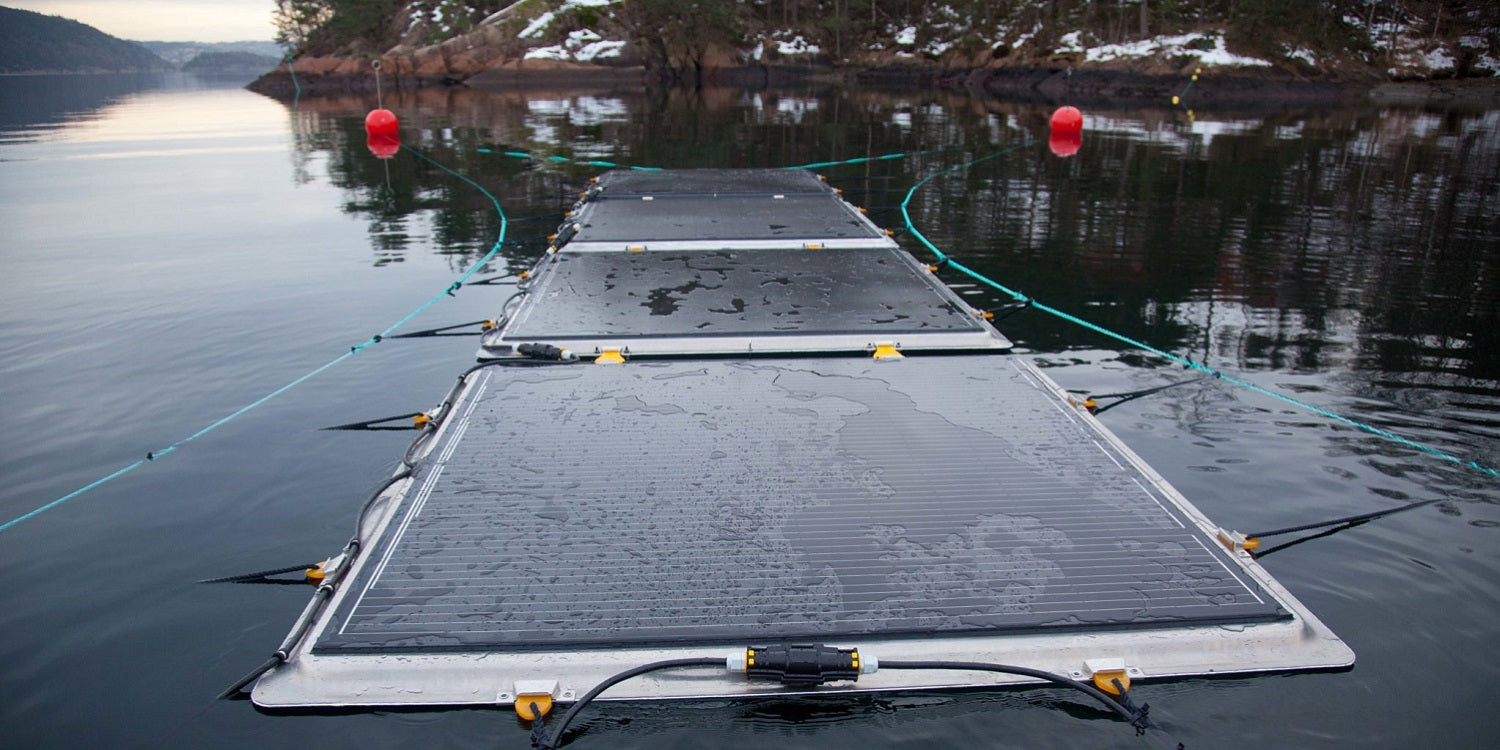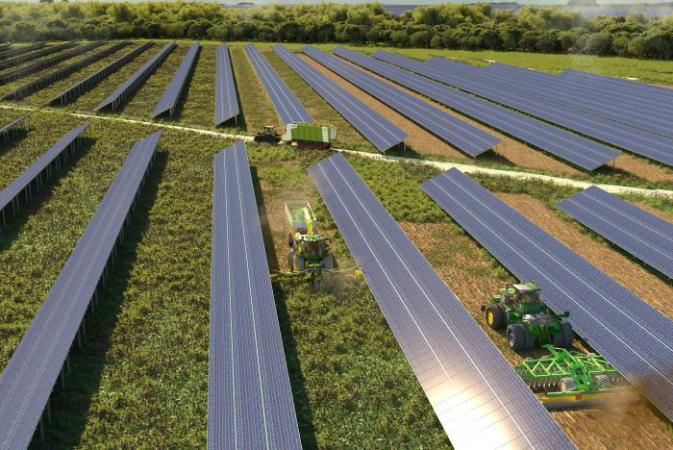https://www.pv-magazine.com/2022/07/04/the-mobility-revolution-new-anode-material-for-fast-charging-batteries/
The mobility rEVolution: New anode material for fast-charging batteries

The demand for fast-charging metal-ion batteries underlines the importance of anodes that work at high currents with no risk of dendrite formation.
Image: Skoltech
Scientists at Russia’s Skolkovo Institute of Science and Technology (Skoltech) and Moscow State University have worked out the charge storage mechanisms of NiBTA — a recently discovered material that can enable advanced fast-charging batteries. Today, development of fast-charging metal-ion batteries is crucial for solving the range anxiety issue that has held back the mass adoption of electric vehicles. Since conventional graphite anodes are unsuitable for fast charging because of hazardous dendrite formation at low potentials, the Russian scientists have been exploring the working principles of the recently proposed NiBTA, a one-dimensional Ni-based coordination polymer derived from benzenetetramine (BTA), in lithium-, sodium-, and potassium-based batteries. Among other techniques, both experimental and theoretical, the scientists used operando and ex situ X-ray diffraction, operando Raman spectroscopy and ex situ X-ray absorption near-edge spectroscopy (XANES), which allowed them to track the structural changes inside the batteries in detail. “We were the first to apply such a rigorous approach for this class of compounds. This study sheds light on the redox chemistry of coordination polymers, which can be useful for many applications,” says the first author of the study, Skoltech Professor Roman Kapaev. In partially sodiated or potassiated states, the material undergoes fast bulk faradaic reactions, which should be beneficial for high-rate capabilities. The different behavior in the Li-, Na- and K-based systems is explained by the distinct crystal structure rearrangements. At the molecular level, the charge-discharge mechanism is similar for all types of batteries. Their findings were published in Chemical Science.
Mercedes-Benz is investing billions of euros in its European assembly plants to ready them for production of electric only vehicles by the end of the decade. The luxury car manufacturer said its German plants in Sindelfingen, Bremen, Rastatt and the plant in Kecskemét, Hungary, will start producing the new electric models in the Top End Luxury, Core Luxury and Entry Luxury categories from the middle of the decade. The Sindelfingen site is the lead plant for Top End Luxury and will produce models of the electric platform AMG.EA from 2025. The Bremen and Kecskemét plants will produce models of the e-platform MB.EA – i.e. the Core Luxury models – and the Rastatt and Kecskemét plants will build the repositioned models platform MMA from 2024. As part of the implementation of the company's 2022-2026 business plan, Mercedes-Benz says it is investing more than €2 billion in its European production sites. “This step marks a new phase of introducing next-generation electric platforms in production, securing future employment at European locations,” the company said. The production portfolio already includes six all-electric Mercedes-EQ models, which roll off the production line at six locations on three continents. Presently, Mercedes sources its EV batteries from a global network of partners with factories on three continents but considers local battery production to be “a key success factor.” To further deepen vertical integration in manufacturing and development, the manufacturing and assembly of parts of the electric drive systems for future models of the Mercedes-EQ brand will start at the end of 2024 at the Untertürkheim plant. Meanwhile, its Berlin plant will expand its production portfolio in future to include the manufacture and assembly of high-performance electric motors from the acquired British specialist Yasa. In terms of sustainability, the company aims to increase the production of renewable energy at its sites. Solar plants with a capacity of more than 11 MWp are to go into operation by the end of next year. By 2025, Mercedes-Benz is looking to invest a three-digit million sum in the installation of PV systems, on top of new power purchase agreements for wind turbines worth €1 billion by the middle of the decade. By 2030, it is planned to cover more than 70% of the energy demand in production from renewable energy sources – 15% is to be generated by on-site renewables.
LG announced that it is moving into the EV charging station business with the acquisition of South Korean charger maker AppleMango. Together with GS Energy and GS Neotek, an energy services company and a related IT service provider, LG purchased the company to create “fully-featured charging stations” and integrate the existing charging management system developed in-house. Established in 2019, AppleMango has developed proprietary technologies and systems, including a slim, aesthetically-pleasing fast charger. According to LG, the acquisition secures access to the necessary operational infrastructure by working closely with GS Energy and GS Neotek, both of which have considerable experience operating EV charging stations and related businesses. LG also expects to add digital signage technologies to create charging stations with a user-friendly interface and real-time control/management. The company explicitly mentioned its IP-rated outdoor digital display with a sturdy, dust- and water-proof enclosure. This year, LG will establish an EV charger production line at LG Digital Park in South Korea and aims to provide customized charging solution for various settings, such as private residences, shopping malls, hotels and public institutions, in the near future. Moreover, LG expects the acquisition to create synergy with the company’s “ongoing efforts in the area of vehicle components, including developing and supplying EV batteries and adjacent products, such as energy storage system (ESS) and energy management solutions.” LG has been growing the e-mobility portfolio with the recently launched EV charging solution business joining the LG Vehicle Component Solutions (VS) Company, ZKW Group and the LG Magna e-Powertrain, which has recently become a core supplier to General Motors.
Electrify America said Tuesday it had raised $450 million in a deal that includes its first external investor as it aims to accelerate its rollout of ultra-fast charging stations in the US and Canada. The deal, which values North America’s largest ultra-fast EV charging network at $2.45 billion, includes more than $100 million from German industrial company Siemens and additional capital from VW Group on top of its original commitment of $2 billion through 2026. Electrify America said the investment highlights the long-term growth and viability of its plans to expand to 1,800 charging stations and more than 10,000 ultra-fast chargers in the US and Canada by 2026.
Popular content
In an update to its 2020 study, the Faraday Institution predicts that there will be demand for 10 UK-based gigafactories by 2040, each producing 20 GWh per year of batteries. The study finds that the UK is making progress but not moving fast enough compared to its European competitors. “UK battery manufacturing plants could reach a combined capacity of 57 GWh by 2030, equivalent to around 5% of total European GWh capacity, compared with 34% in Germany,” the update reads. According to the study, by 2030, around 100 GWh of supply will be needed in the UK to satisfy battery demand for for private cars, commercial vehicles, heavy goods vehicles, buses, micromobility and grid storage. This demand is equivalent to five gigafactories, with each plant running at a capacity of 20 GWh per annum. By 2040, demand is expected to rise to nearly 200 GWh — the equivalent of 10 gigafactories. In addition, the overall industry workforce of the automotive and EV battery ecosystem could grow by 100,000 jobs from 170,000 to 270,000 employees by 2040, up from Faraday's 2020 report which predicted a growth of 50,000 jobs from 176,000 to 220,000 employees by 2040. “The UK is well placed to have a leading position in next generation batteries such as solid-state, lithium-sulfur and sodium-ion technologies. The UK is already home to global experts in battery research and to well-established companies. We must move quickly to exploit this competitive advantage by establishing large-scale domestic manufacturing in the UK while continuing to fund long-term battery research,” Faraday CEO Pam Thomas said.
As of July 1, the Australian Labor government has introduced new incentives for electric vehicles, including plug-in hybrids, fulfilling a promise made before the election. The so-called Electric Car Discount comes in the form of exemptions to import tariffs and fringe benefit taxes, depending on the country of origin. Cars coming from most of Europe, Japan and South Korea are expected to be thousands of dollars cheaper once the import tariff of 5% falls. Some popular models to benefit from the incoming lift of the import tariff are the Nissan Leaf, the Mercedes EQA, the Hyundai Kona EV, and the Mini Cooper SE. For instance, the Electric Vehicle Council estimates that a $50,000 model such as the Nissan Leaf will be more than $2,000 cheaper due to removing the import tariff. The so-called fringe benefits tax will apply to company cars provided to employees for personal use, qualifying for a 47% tax rate on the financial benefit of the arrangement. The Labor government estimated that excepting EVs from the fringe benefits tax could cut the EV cost by as much as $9,000 for models costing around $50,000. Any exemptions will only apply to EVs with a sale price below $77,565 in 2020-21, the luxury car threshold for fuel-efficient vehicles in Australia.
This content is protected by copyright and may not be reused. If you want to cooperate with us and would like to reuse some of our content, please contact: editors@pv-magazine.com.




